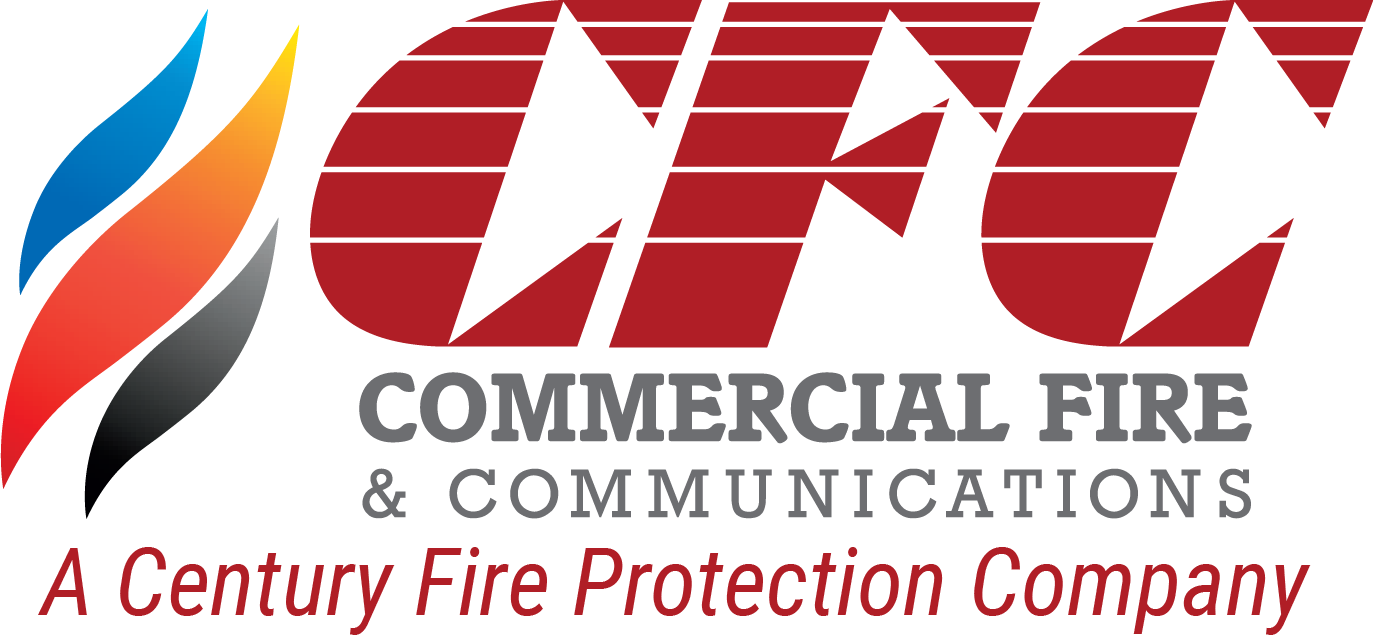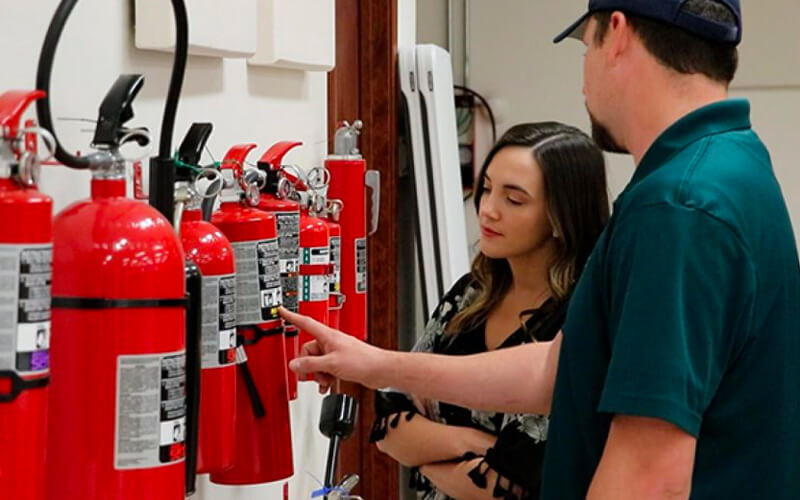Understanding the heart of a fire alarm system is essential for ensuring the safety and protection of any property. Let’s dive into the basics of a Fire Alarm Control Panel.
Trust Florida’s Leading Fire Safety Experts
At CFC Systems, we’ve been providing unmatched workmanship and customer service for over 40 years. From fire alarms to sprinkler systems and electronic security, we are the trusted fire safety experts in Florida. In this article, we’ll break down the basics of a Fire Alarm Control Panel (FACP) – the central hub of any fire alarm system.
What is a Fire Alarm Control Panel (FACP)?
A Fire Alarm Control Panel is essentially the brain of the fire alarm system. It monitors every device connected to it, such as smoke detectors, pull stations, and notification appliances, and tells each component what to do and when to do it. Think of the FACP as the conductor of an orchestra, ensuring that each instrument (or component) performs at the right time.
Types of Fire Alarm Control Panels
There are two main types of Fire Alarm Control Panels:
1. Conventional Fire Alarm Control Panels
While they are less commonly used in new construction, conventional panels are still prevalent. They operate with less specificity and do not constantly supervise each device. These panels can identify which zone an alarm is coming from but not the specific device.
2. Addressable Fire Alarm Control Panels
Addressable panels are the modern choice. They constantly communicate with each part of the system, reporting the condition of each device. This allows for more precise information on where an alarm is coming from and the nature of the issue.
Understanding the Panel Interface
The interface of the Fire Alarm Control Panel is the point of human interaction with the system. Both conventional and addressable panels communicate with people and devices in their environment. This is known as the person-machine interface (PMI). Buttons on the FACP provide ways for operators, technicians, and emergency responders to interact with the system.
What Does the FACP Report?
The FACP reports back three possible conditions of the fire alarm system:
- Alarm Condition: Detection of an immediate threat to life and property.
- Trouble Condition: The system is experiencing a problem that interferes with its operations.
- Supervisory Condition: Something abnormal within the system, such as a valve in the wrong position.
Special Features and Integration
Modern addressable panels, like the EST IO panels, may include special features such as integration with fire suppression systems, sprinkler systems, carbon monoxide detection, and more.
Importance of Regular Maintenance
Regardless of the type of Fire Alarm Control Panel, proper installation, and regular maintenance are crucial. National safety codes require periodic inspections for every life safety system. At CFC, we provide the highest quality service and maintenance with highly experienced technicians.
Choose CFC for Your Fire Alarm Needs
Understanding the basics of a Fire Alarm Control Panel is the first step in ensuring the safety of your property. Trust the experts at CFC Systems for installation, maintenance, and upgrades. Contact us today to learn more and schedule a free consultation.
Protect your property and its occupants with the professional dependability you can rely on.
Contact CFC Systems for all your fire safety needs.

